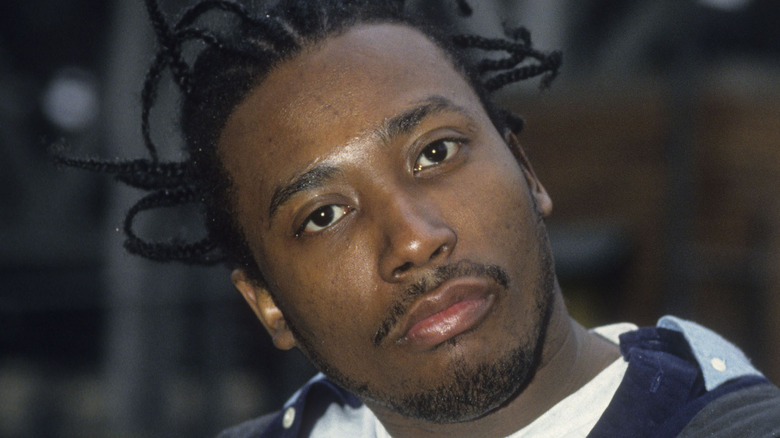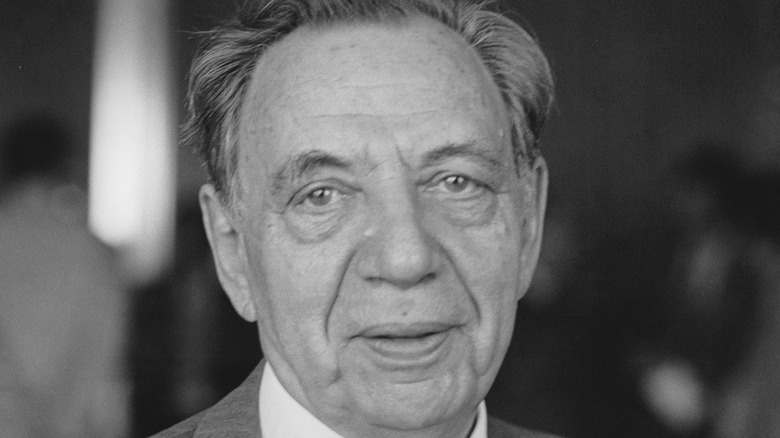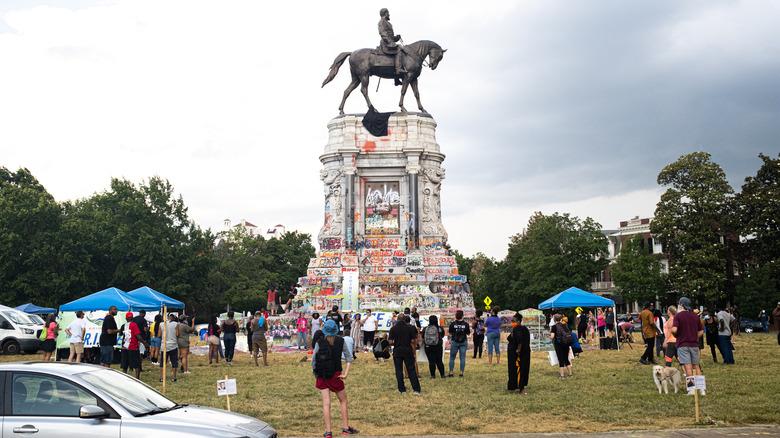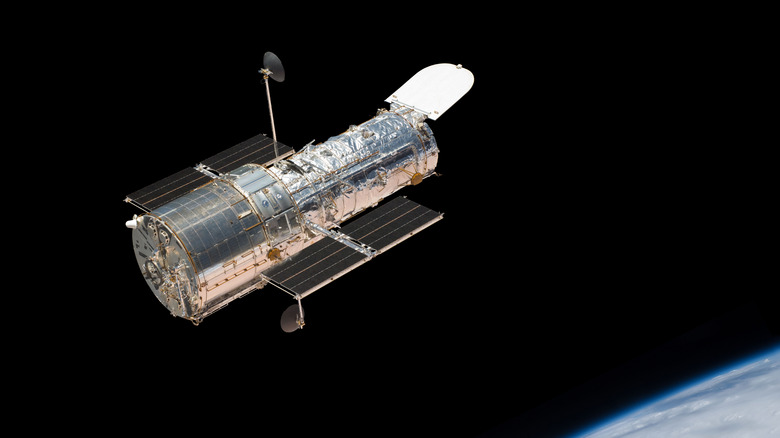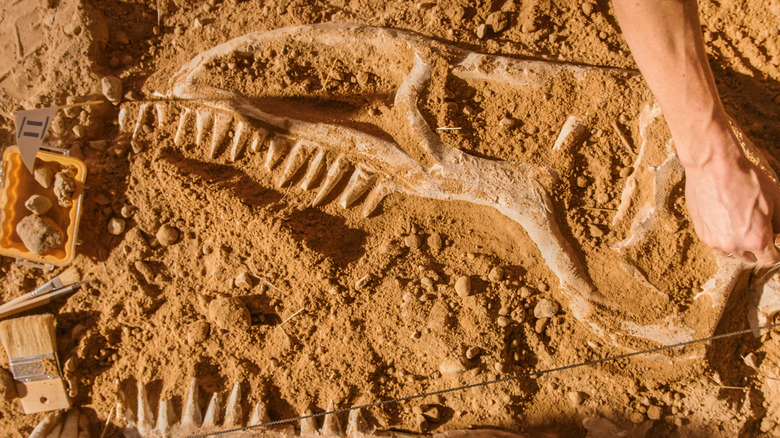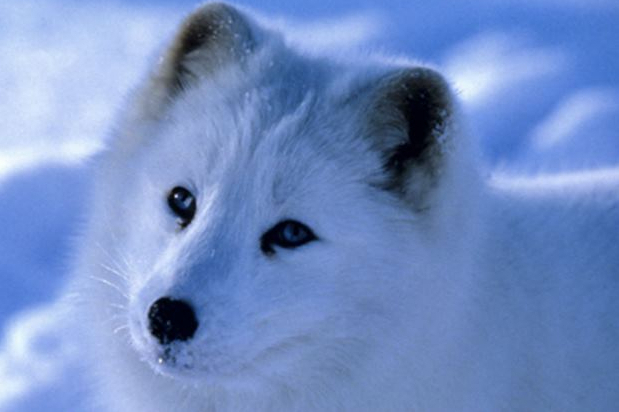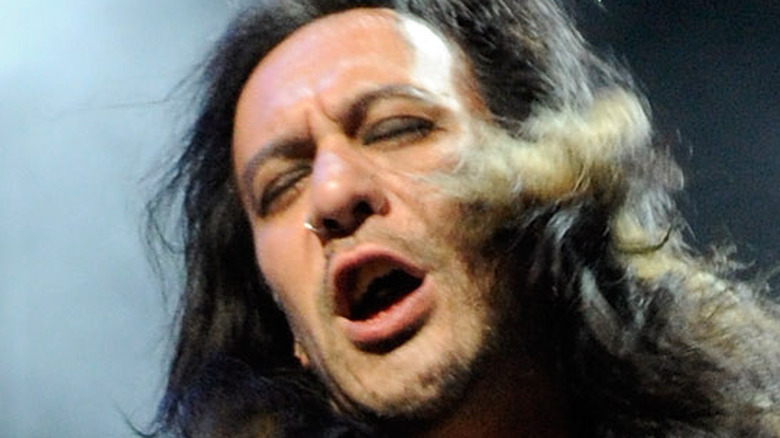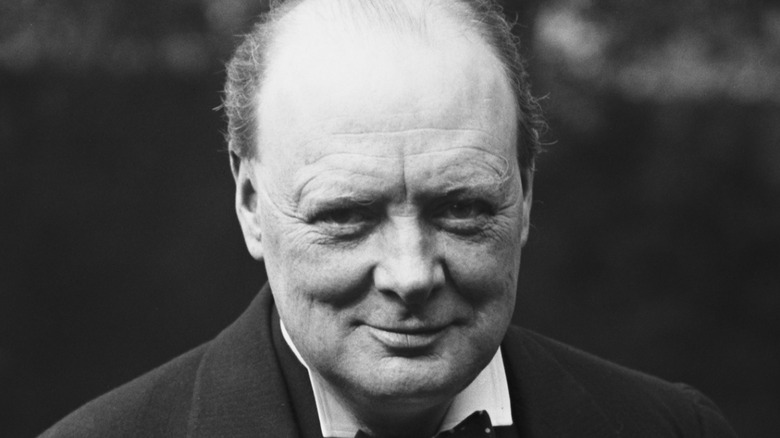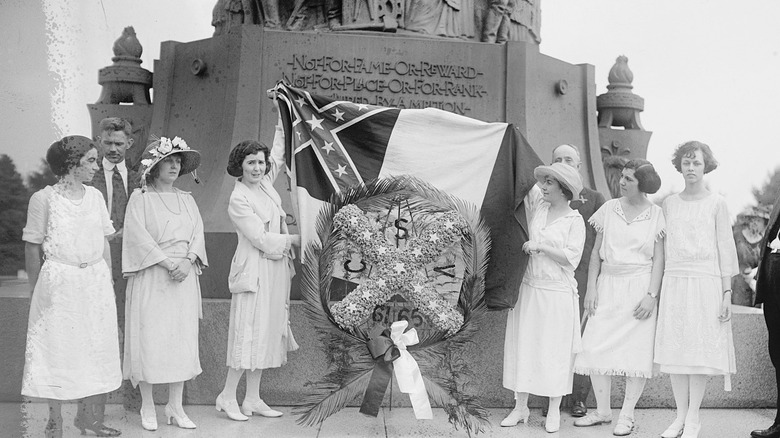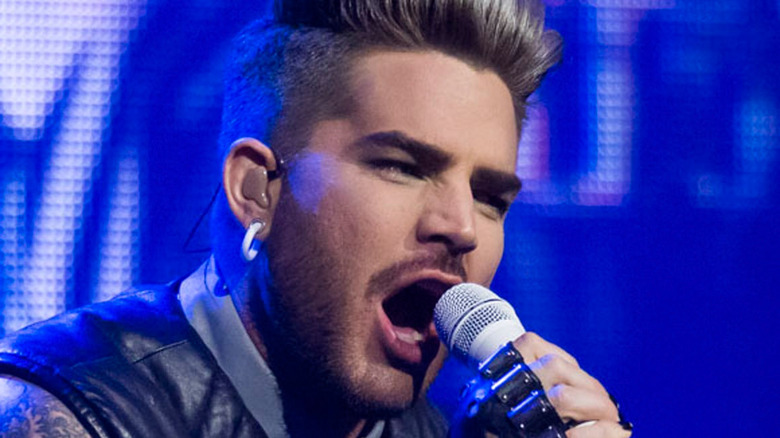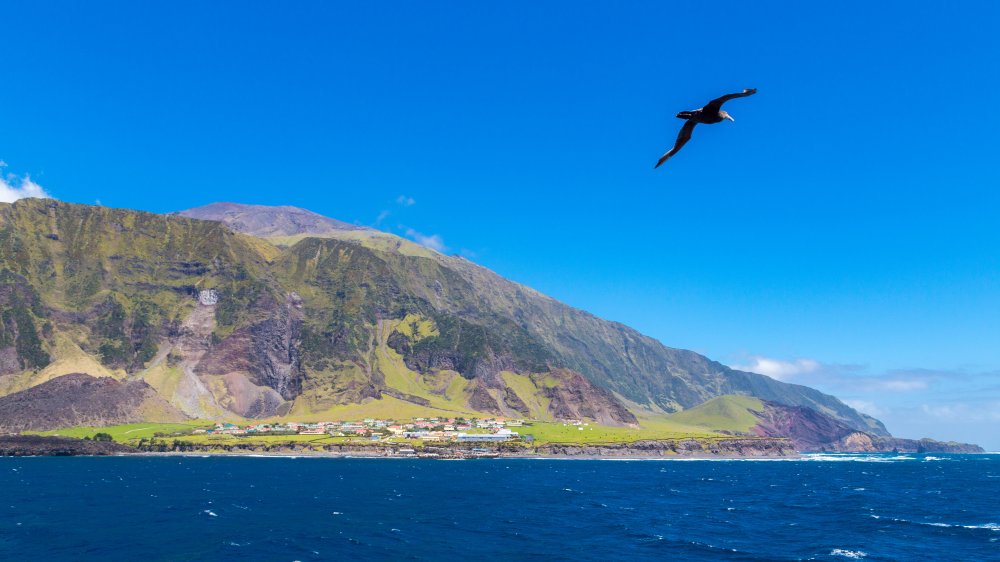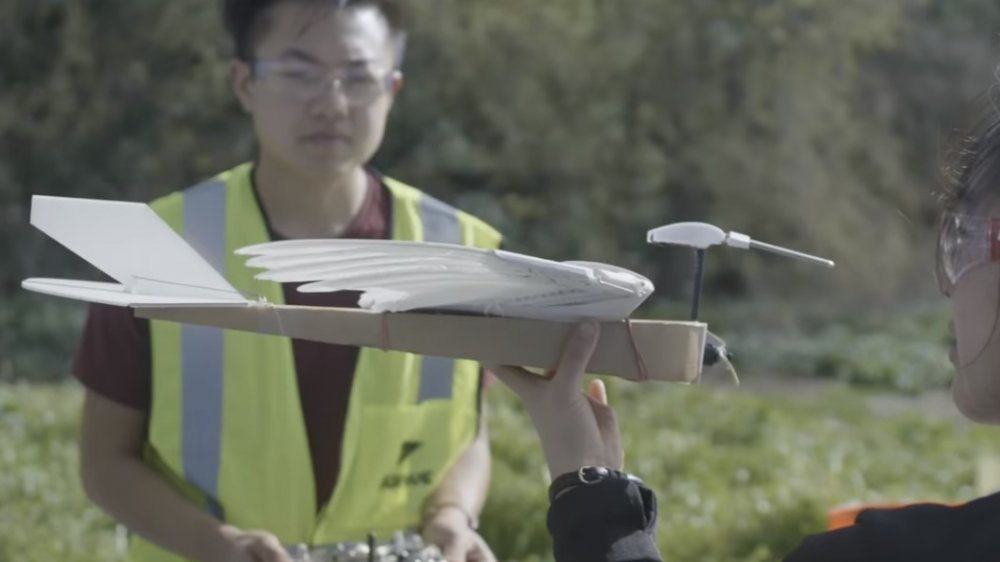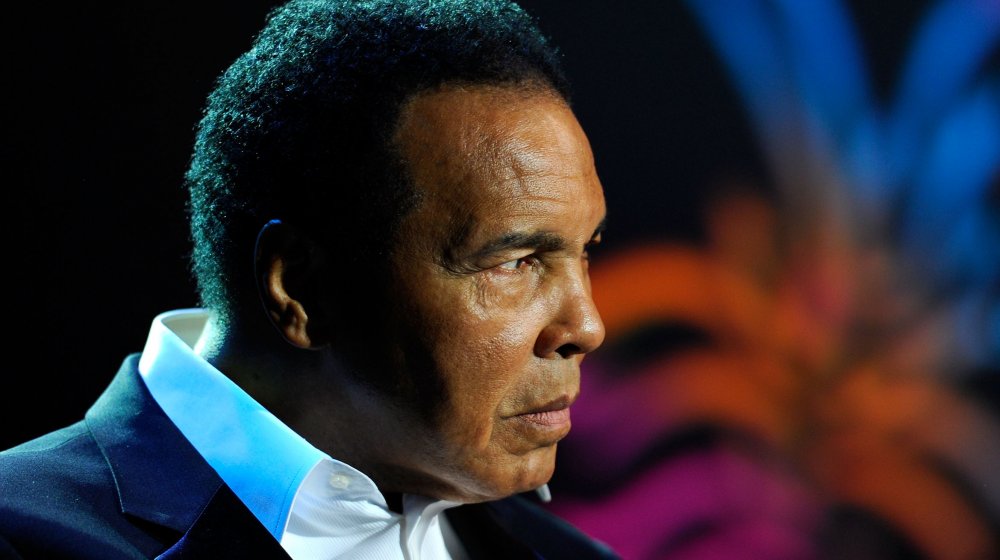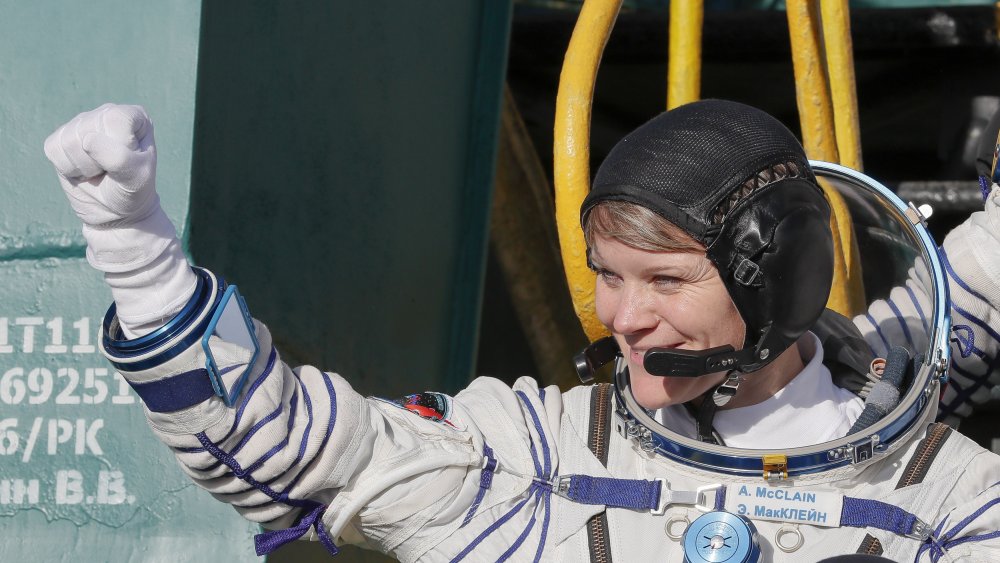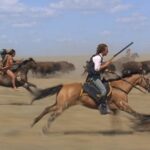
Dances with Wolves: Fun Facts from Your Favorite Western Film
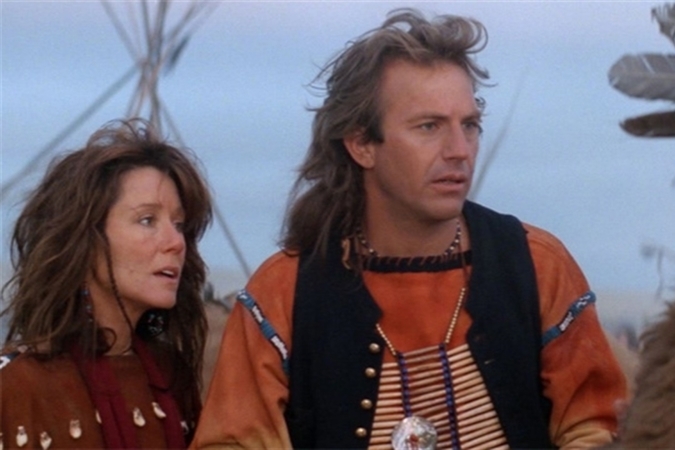
It is now recognized as one of the highest-grossing Western films of all time and won an outstanding number of prestigious awards. Here are some fun behind-the-scenes facts you may not know about the picture.
Textual Origins
“Dances with Wolves” first began as a novel, released in 1988 and written by Michael Blake. But, even though the film, which came out a few years later bearing the same name, won several awards, the written version wasn’t as well-received.
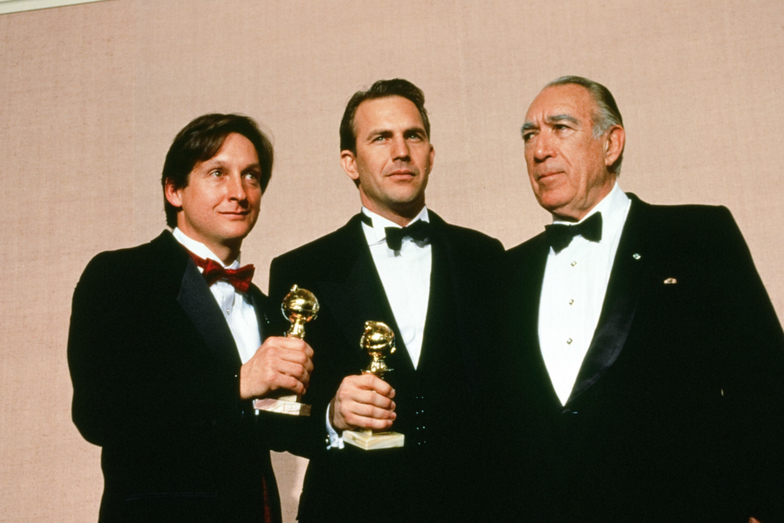
It was rejected by dozens of publishers before it was finally picked up by Fawcett, a small name in the industry.
Directed By
The film was Kevin Costner’s first as a director – though it was almost never produced. He’d agreed to sign on early on in the development stages but tried to get a number of other directors involved in the production.
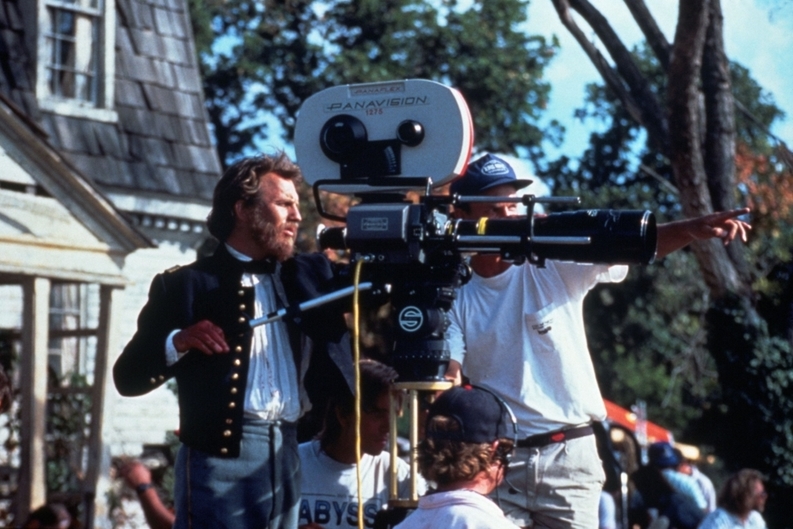
After being rejected by three undisclosed (big) directors in Hollywood, he decided to take on the project himself. Apparently, all of the others wanted to make big changes that would’ve disrupted the storyline, and he wasn’t having any of it. He tried negotiating with them for a while before agreeing to sign on as director, as well.
The Love Interest
One of the things some of the directors wanted to change about the film was the appearance (and age) of Dunbar’s love interest, Stands with a Fist. The part was ultimately played by Mary McDonnell, who was 37 at the time.
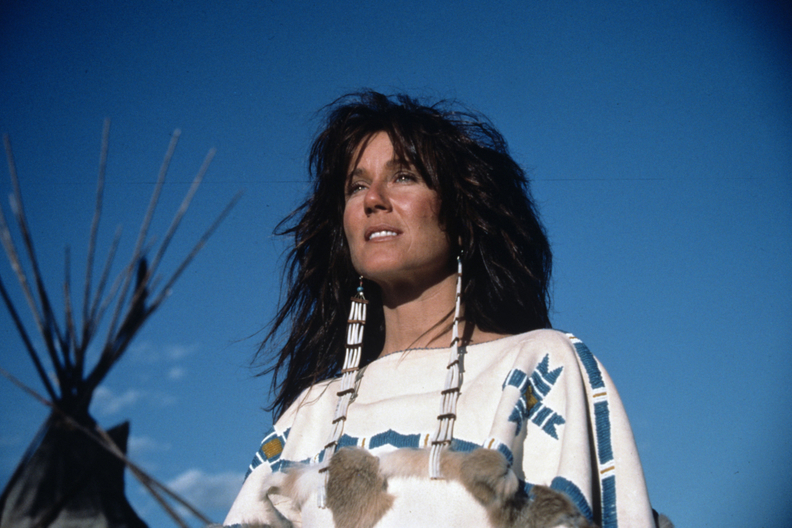
Some of the directors thought that using a McDonnell as a love interest wasn’t the way to go at all, and some involved with production thought it should be a younger woman. McDonnell did an excellent job playing the role, which was evidenced by her Oscar nomination.
Top 10
For a long time since its release, the film held the title of the highest-grossing Western film of all time – bringing in over $424 million.
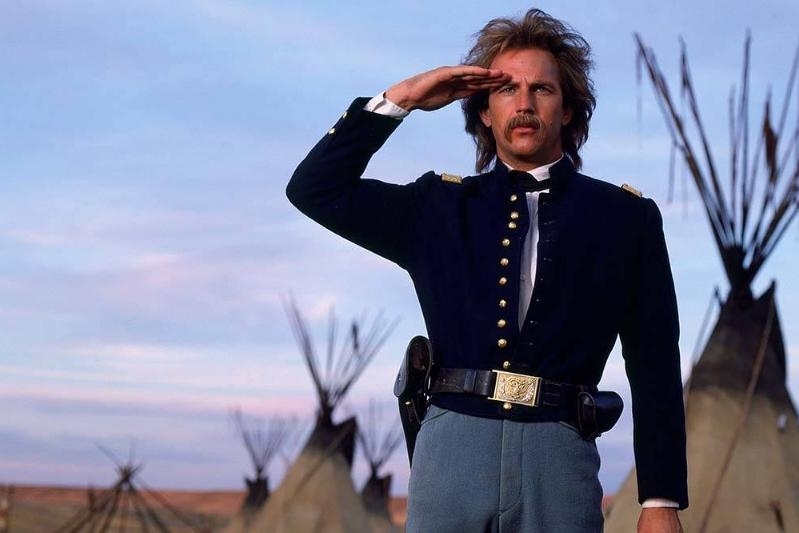
Today, it’s been knocked down to the second-highest in history, thanks to “Django Unchained,” which has earned nearly $450 million since first hitting theatres.
Novel Number Two
Unlike its predecessor, “The Holy Road,” which is the follow-up novel to “Dances With Wolves,” has yet to be turned into a screenplay. The story came more than a decade after the first, with Blake releasing the book in 2001.
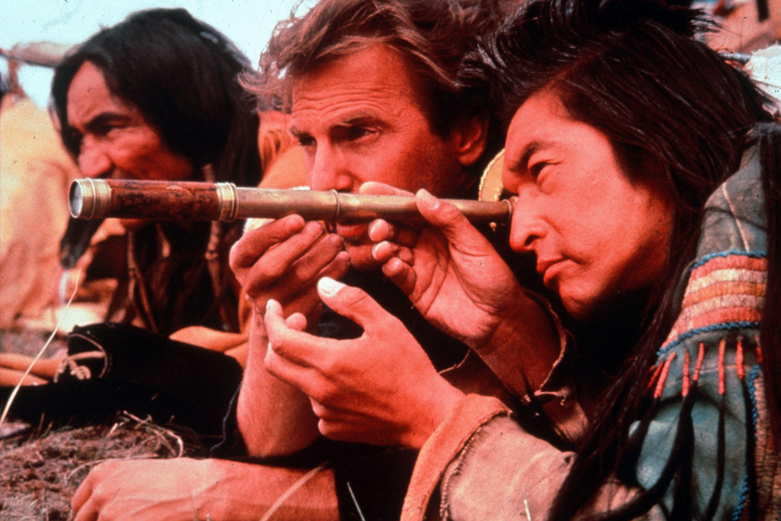
In it, Dunbar is a fully-fledged member of the Sioux tribe and warrior who helps them protect against settlers who are threatening their way of life. Perhaps one day someone will decide they love the first film enough to transform “The Holy Road” into a second, but until then, you’ll have to find it in novel form.
The Tribe Made Costner a Member
Like with anything, tribe members were split on how they felt about the depiction of themselves in the film. But the pro-Costner members won out in the end and ended up inducting the director as an honorary Sioux.
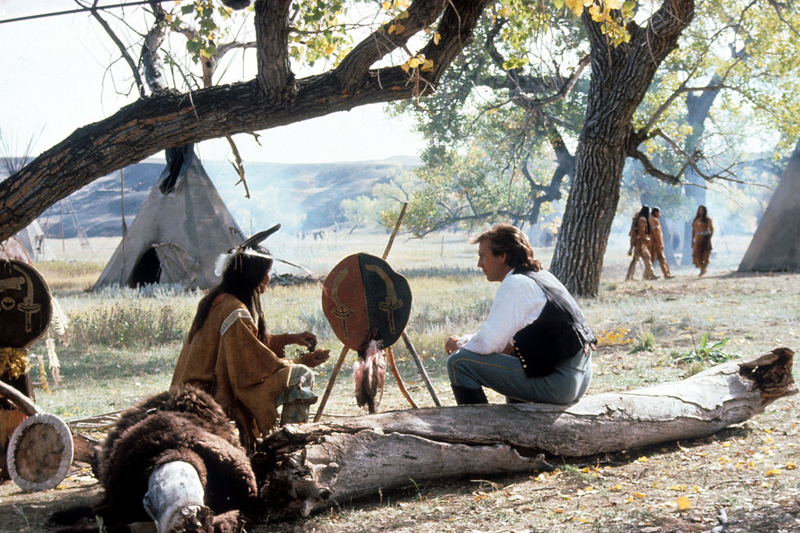
Several years afterward, however, he angered the tribe when he bought up a bunch of land in the Black Hills of South Dakota with plans to develop it. In 2013, he announced that he’d be backing out of the plans.
Stunt Man
While many actors and actresses choose to use stunt doubles for anything that may result in injury on set, Costner isn’t one of them. The actor, director, and producer actually did all of his own stunts in the film, from horseback riding to dancing, to fighting and shooting.
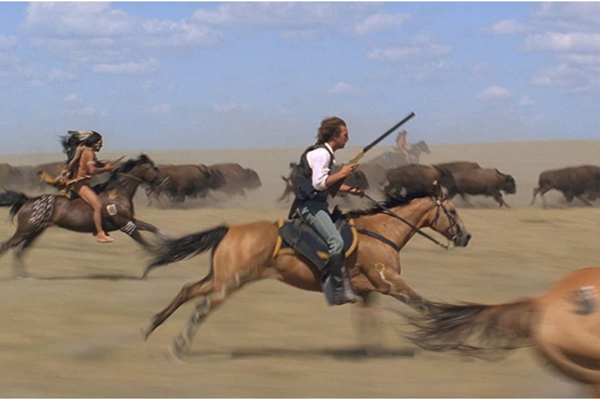
Of course, everyone else involved in the major production was a bit nervous, especially when he got thrown from his horse while filming the scene for the buffalo hunt. After all, he was the star and director; it would have been bad news for everyone had anything happened to him!
Orion
Orion Pictures is a production company that’s known for major films like “Robocop,” “Silence of the Lambs,” and of course, “Dances with Wolves.” It was the latter, of course, that helped launch them to mega-status in Hollywood.
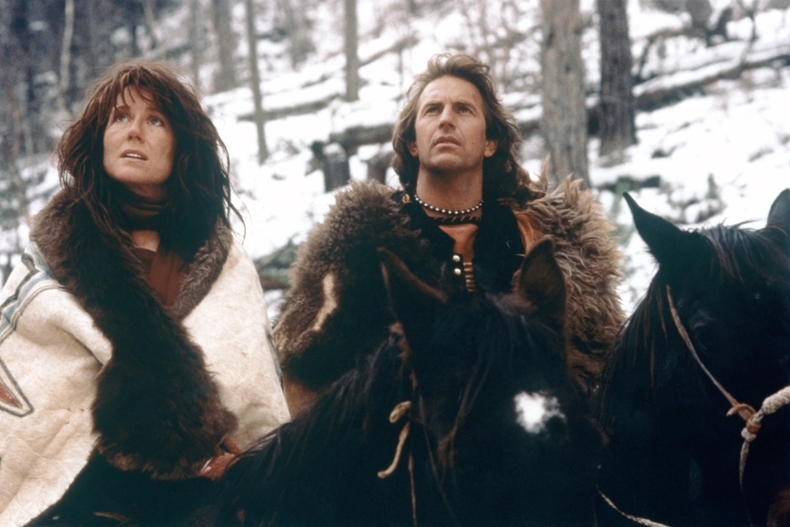
When the film hit theatres, the company was more than $50 million in debt, and they were banking on the movie to help pull them out of the hole – and it worked! Eventually, however, they were acquired by MGM, though they’re still going by their original name.
Buffalo Hunt Scene
The buffalo hunt scene is one of the most talked-about in the entirety of the film’s existence. This is a good thing, considering it took an enormous amount of time, energy, and money to bring it about. Ten pickup trucks, 24 men riding bareback on horses, and 20 professional wranglers were brought in to herd 3,5000 buffalo.
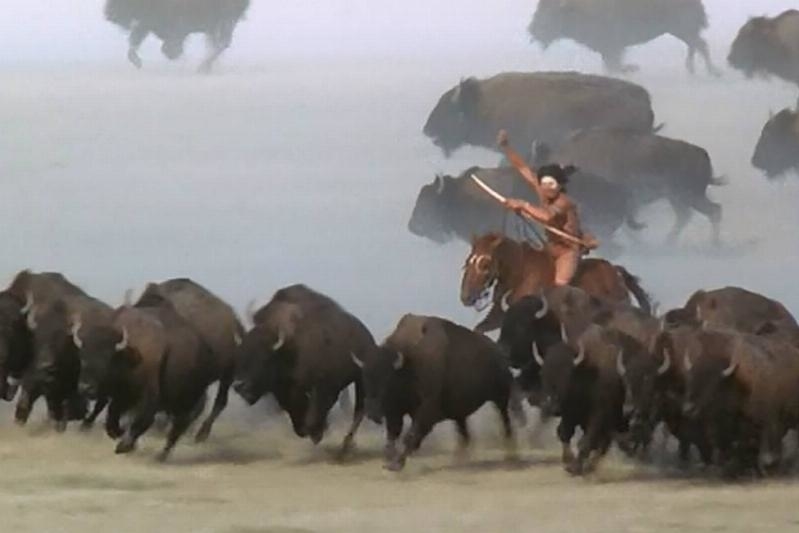
Filming of the scene was set to begin at 11 AM one morning on the ranch in South Dakota, so they started working at five in the morning in hopes that they’d be in place on time.
The Dialogue Coach
Working away behind the scenes with the cast was Doris Leader Charge, a renowned teacher of the Lakota language. She was living on a reservation when she agreed to take part in the film – and that she did. Not only did she help everyone master their lines in the script, but she appeared in the production, as well.
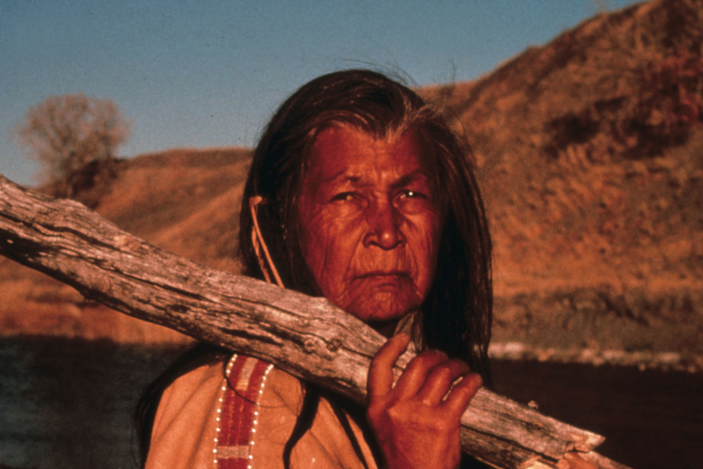
Doris played Pretty Shield, wife of the tribe’s chief, Ten Bears. It took her a while to agree to the film since she had another job at the time. Luckily, her employer agreed to hold her job for her.
A Good Suggestion
“Dances with Wolves” perhaps never would’ve come to fruition had Kevin Costner not urged his friend Michael Blake to pen the novel. At the time, Blake was a bit down on his luck and needed a new stream of income. During the time he was writing it, he slept on friend’s couches, bouncing around just trying to stay afloat.
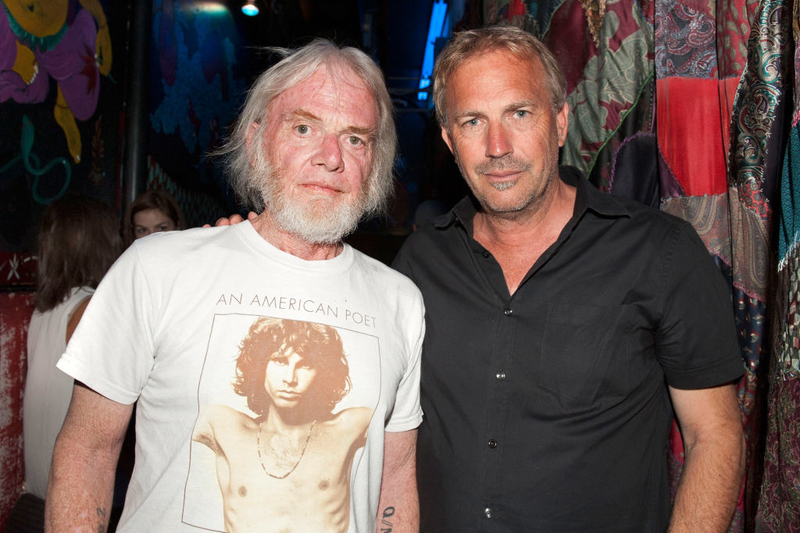
He even washed dishes at a Chinese restaurant to be able to eat. That book sold a whopping 3.5 million copies before going on to become a multi-Academy award-winning screenplay.
Subtitles
Throughout a large portion of the movie, actors are speaking in Lakota, the language native to the Sioux. Though as it turns out, none of them were speaking it particularly well. For those of us who don’t speak Lakota and watch the film, we’d be none the wiser if they’re getting words wrong.
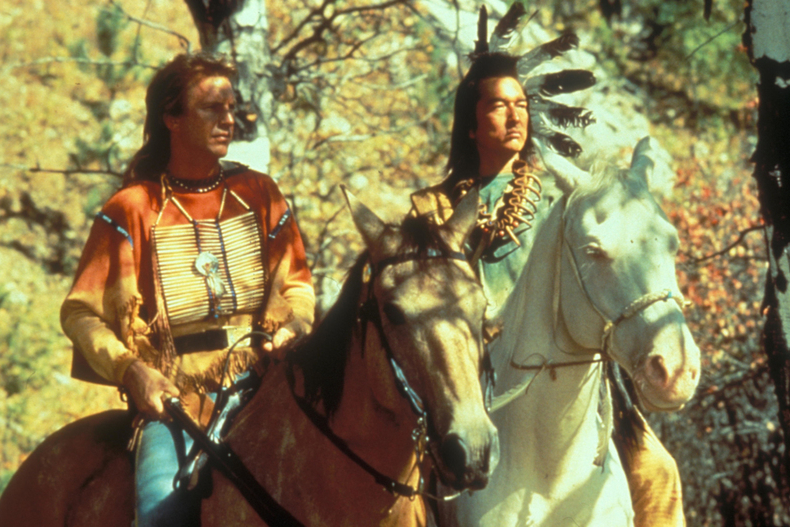
But for those who actually speak the language, it’s probably got to be a bit rough to watch. Doris Leader Charge did the best that she could be teaching the actors how to speak the dialect, but it’s a notoriously tough one to learn, so it still wasn’t perfect.
Little Stands with a Fist
At one point in the film, during the scene where the Pawnees kill Stands with A Fist’s family, she can be seen as a little girl. But rather than getting a random child actress to play the part, Costner decided to give it to someone much closer to him – his daughter, Annie Costner.
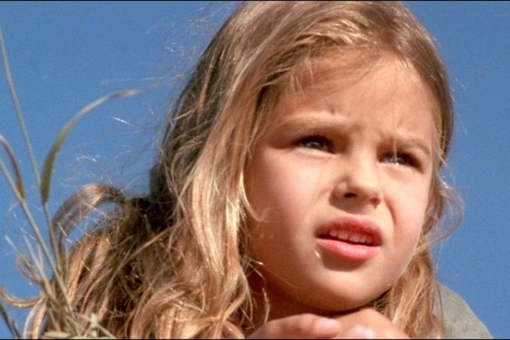
After all, the part was just to run away, and she nailed it, well, almost. If you look closely as she runs, you’ll notice that she turns around to look at us over both of her shoulders when it was only supposed to be her left.
Out of Pocket
Kevin Costner obviously believed in this film with his entire heart from the beginning, which was evident when he wound up spending a large sum of his own money on getting it produced. The production was so elaborate (hello, buffalo hunt scene) that it went over budget by several million dollars.
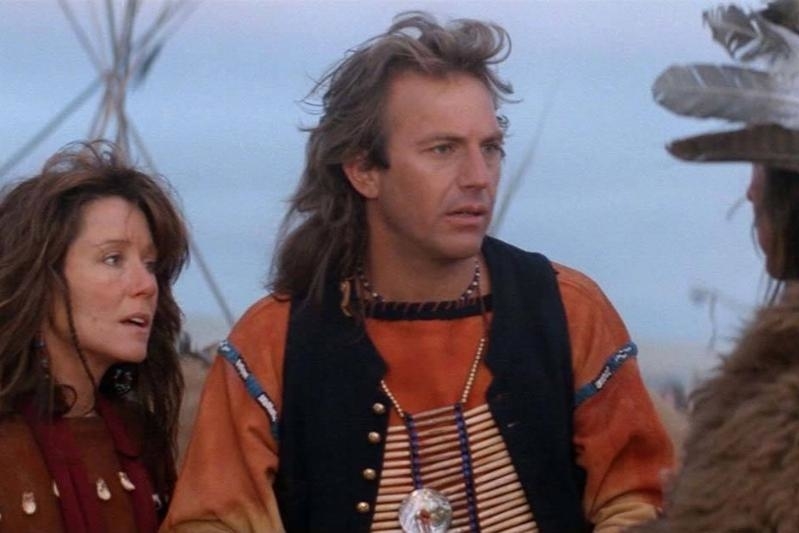
Costner spent $9 million from his bank account to make sure that everything was finished to his liking. And it’s a good thing he had so much faith in the project, considering it went on to gross over $420 million at the box office!
Based On
While the majority of the Lakota people portrayed in the movie are entirely fictional, there are some that are actually based on real individuals. In fact, there was actually a pro-Native American missionary named John Dunbar who teamed up with the Pawnee early on in the 1800s, although the film isn’t based on his own exploits.
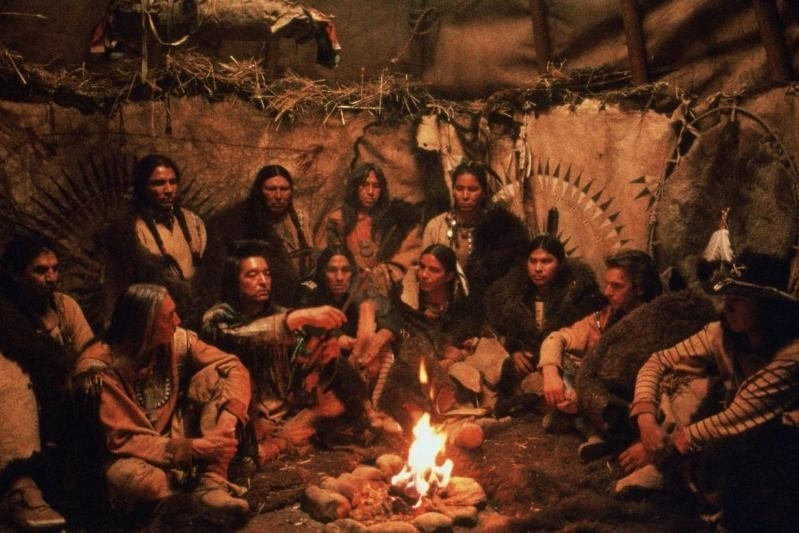
Stands with a Fist was loosely based on a girl who had a similar story in that she’d been captured by the Comanche when she was ten years old and lived with them for decades.
Pushing Through
The film was produced over a span of five months – and they weren’t easy. Aside from tackling working with nearly 4,000 buffalo and horses and a star who wanted to do his own stunts, there were other roadblocks that kept arising.
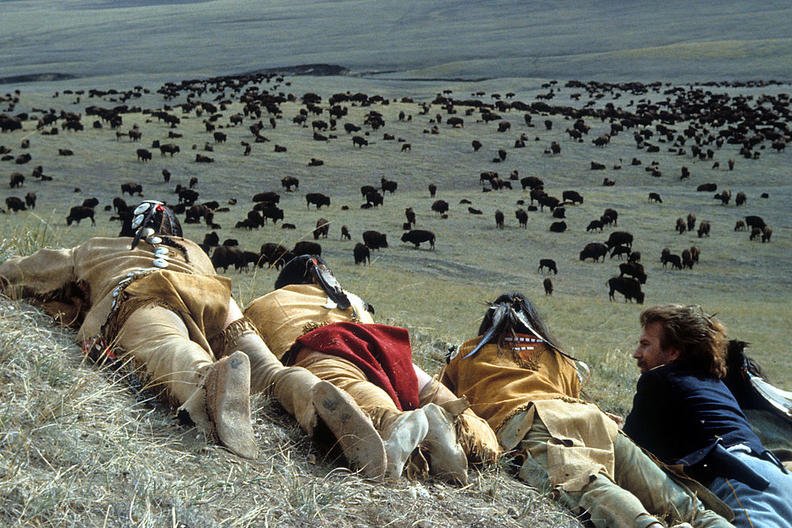
Weather delays also put a damper on a lot of the shooting, but they were determined to make the picture. In the end, all of the stress was worth it to Costner, who kept his wits about him the entire time, even though the near-fatal accident on set.
Location, Location, Location
Production on the film started in July, and the majority of it was filmed on location in different private ranches around Pierre and Rapid City, South Dakota. But the major motion picture required different sets and scenery, and they wound up filming some of it in the Badlands National Park, in Wyoming, as well as the Black Hills and a few other areas of the state.
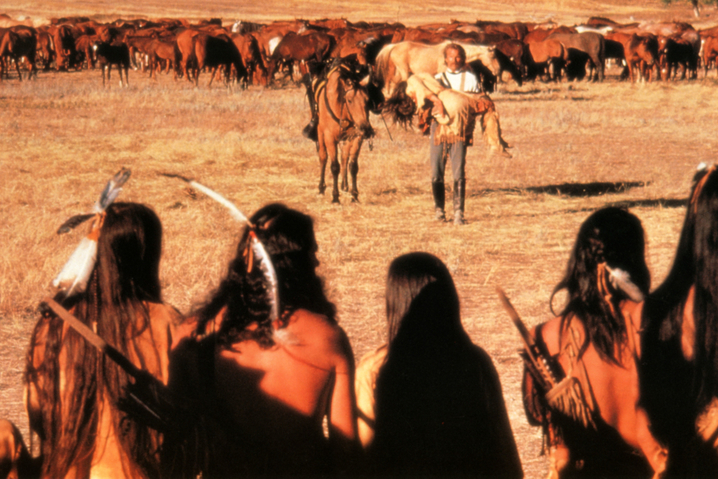
As far as the famous bison hunt scenes, they were filmed at the Triple U Buffalo Ranch right outside of Fort Pierre, South Dakota.
Abandoning Fort Sedgwick
At one point during the film, Dunbar heads towards Fort Sedgewick, a distant post he’s given leadership of. So, he rides all the way out there, just to be met with an eerie sight: a completely abandoned fort. Since he’s far away from pretty much everything else and doesn’t know what to do, he stays to await some backup.
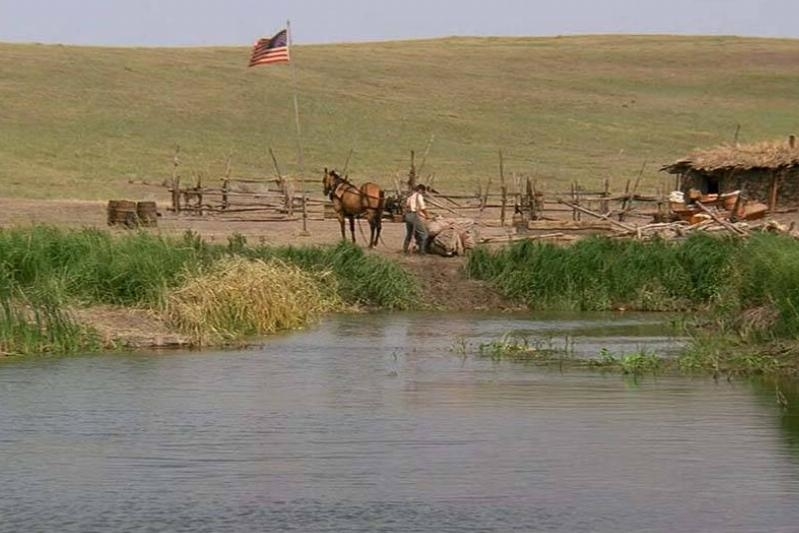
Although the film doesn’t explain it, a deleted scene does. The scene shows that the soldiers who’d been posted at Sedgwick had left after so many attacks by Native Americans and after they’d found themselves with no supplies.
Wild Co-Stars
They couldn’t make it through the production of “Dances with Wolves” without using some actual wolves, could they? So, they brought on some trained wolves, but even with the training, they’re still wild animals, which means they’re unpredictable.
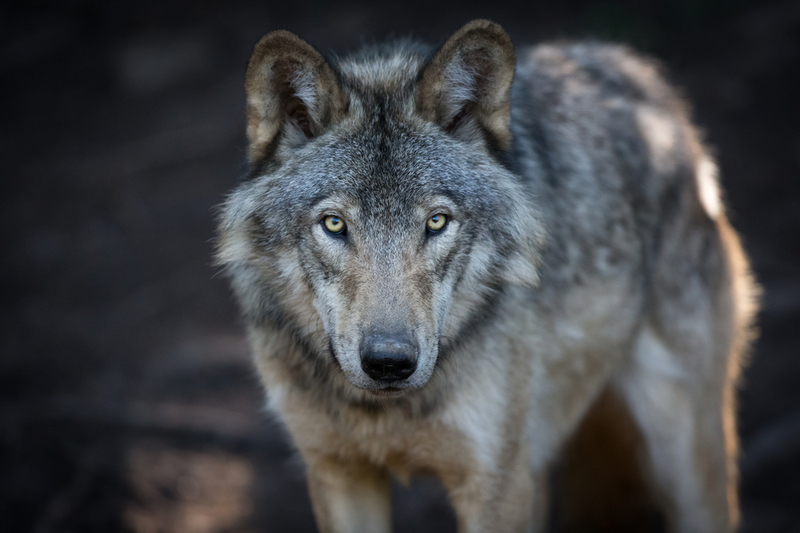
They were apparently pretty testy to work with, so trainers made sure to have plenty of meat on hand to toss them a scrap when they needed to get them under control. Unfortunately, one of the wolves ignored the phrase “don’t bite the hand that feeds” and gnawed on his trainer a bit.
Targeted Advertising
If you remember the ad campaigns that ran to promote the film, you know that there were a number of different ads. But did you know that these ads were actually created for two types of audiences?
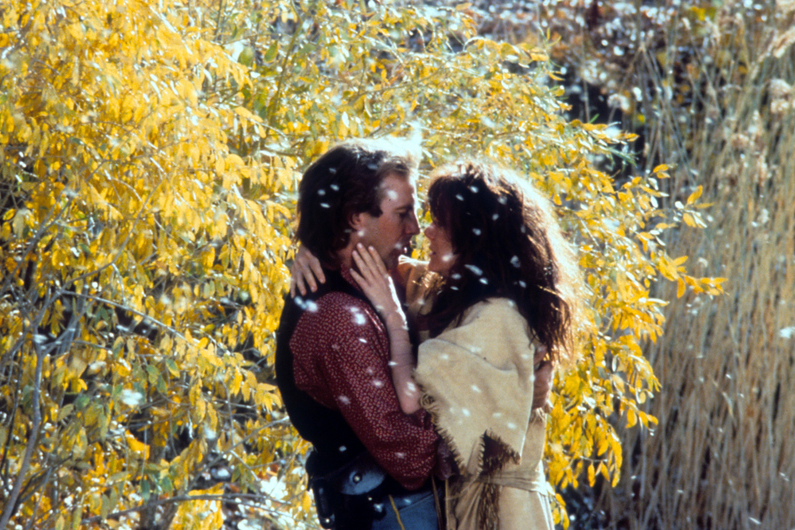
A set of ads were produced that were geared more towards women, while another was made to attract male viewers. For women, ads put a spotlight on the romantic aspect of the film, the protagonist’s love story, while the ads for men played up on all of the action.
Saddling Up
While the buffalo wranglers that were brought in to help with the famous animal scene, the actors playing the Sioux took some extra safety precautions.
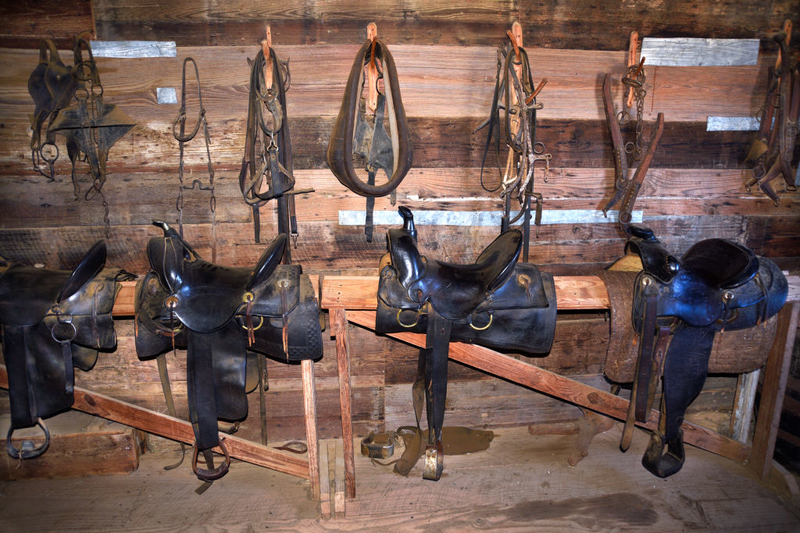
Although it appears in the film as if they’re riding the animals bareback as they did in the time the movie is set, the actors were advised against trying it themselves. The experts and producers agreed that they’d use saddles, but they covered them in. blankets so that they weren’t visible on the screen.
Re-Enactors
Aside from the professional wranglers, Civil War re-enactors were brought in to help make the film as authentic as possible. They may not have been professionals, but most of them had spent a good amount of time dressing up and re-enacting, so they were hired.
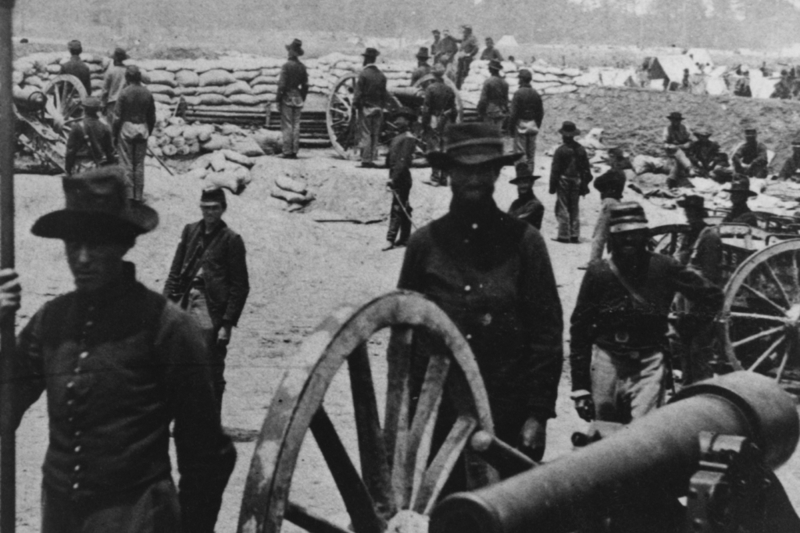
A large number of men also had a background in the military, which made them particularly fit to play the roles. They taught the actors how to properly wear the uniforms (you’d be amazed at how many small details there are that go into it) as well as how to walk the walk.
Walking with Lunchmeat
After bathing in the river one day, Dunbar returns only to find Kicking Bird, played by Graham Greene, trying to steal his horse. He chases him away, but the two come back into contact with one another later on, and Kicking Bird ends up sparing him from being attacked by the Sioux.
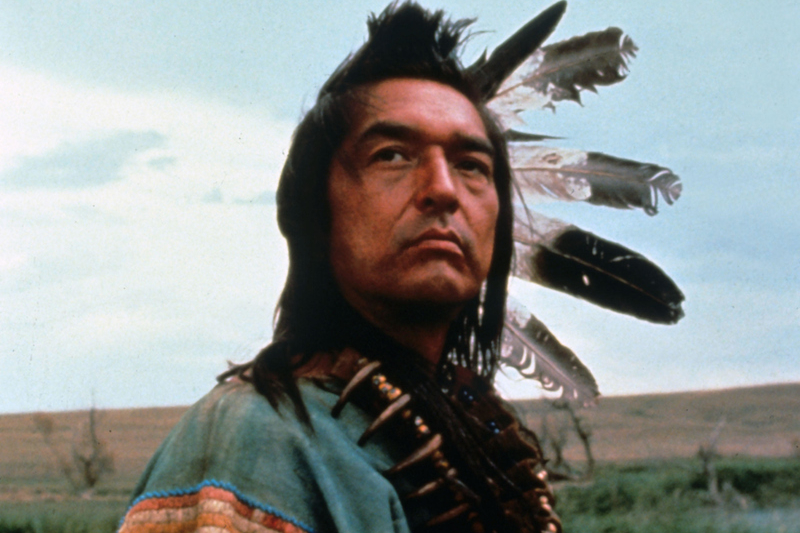
Throughout the film, Kicking Bird is shown with back problems, which producers made come alive by sticking bologna in Greene’s shoes with him.
Cody the Buffalo
Out of the 3,500 bison on set, there were a few that had been domesticated, which had the starring roles among the animals, named Cody and Mammoth. Cody had been discovered at the Minnesota State Fair, and an agent noted his calm and collected demeanor. It was there that he developed his love for Oreo cookies, which came into play during his big break in the film.
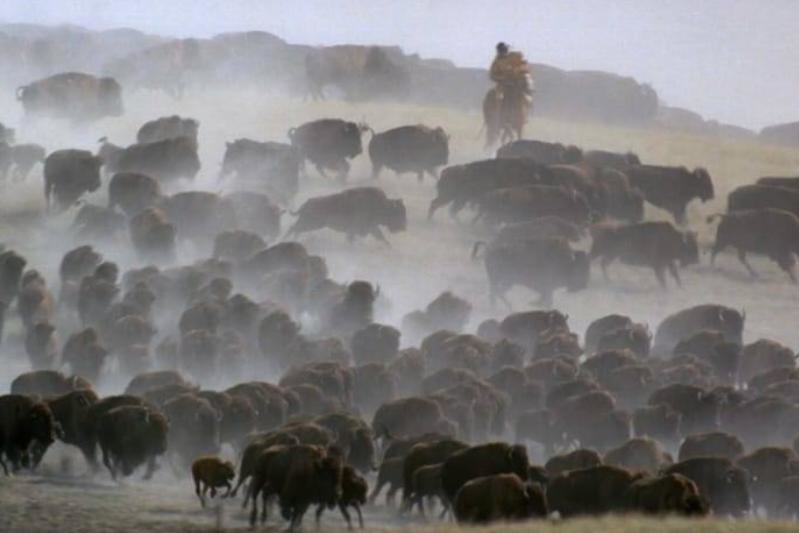
Cody absolutely loved Oreos, so they used them to get him to come towards them when they needed him to move. Cody also starred in another film, “Radio Flyer,” and several commercials.
The Morion
A morion is a type of old Spanish helmet that was used in the 16th and early 17th centuries and hailed from the Kingdom of Castille. In the film, the chief presents one of these helmets to Dunbar.
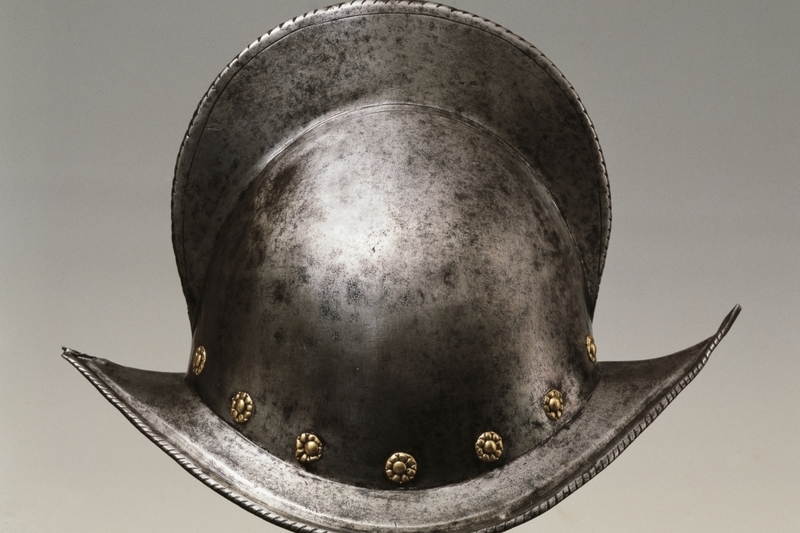
Since its inception, variations of the helmets have been used by warriors all over the world, including in England, where one of the first pro militaries, the New Model Army, used them. They’re usually made up of iron or brass and decorated with designs made of silver and feature a wide visor and high crest.
The Battle
After the film, Kevin Costner was honored by American Indians for his work on the film. But in 1995, he started talking about developing a large casino and resort on National Forest land belonging to the Indians in the Black Hills of South Dakota.
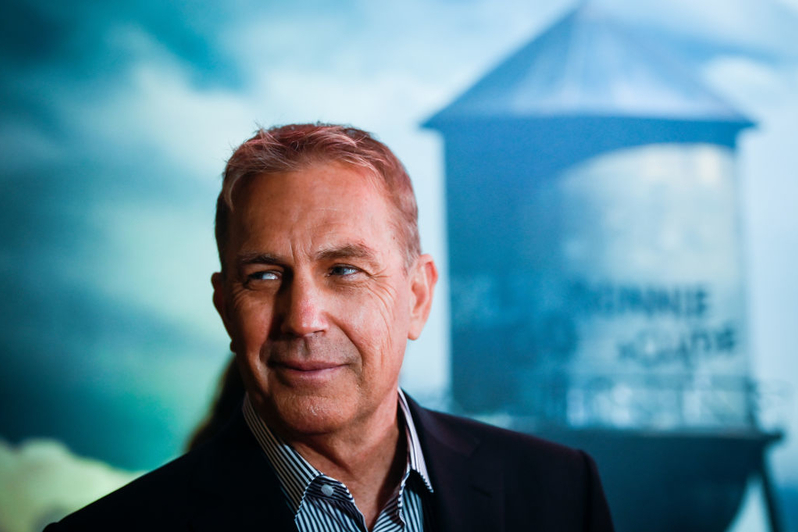
The land, which the Indians held as sacred, was in danger of being developed into another money-grubbing, soulless tourist trap. The proposed project, which he wanted to call the Dunbar Casino Resort, wound up being tossed out the window, and he instead sold the land.
Spending to Earn
When Costner and his partner, Jim Wilson, struggled to raise the entire budget they were seeking for the film, he decided to put some of his own money into it. When we say some, we’re talking about a few million – a major investment.
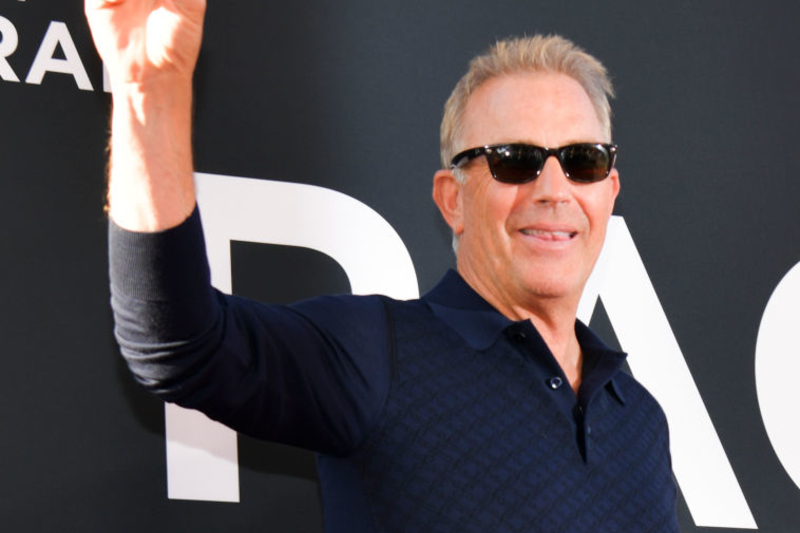
But it was all worth it in the end, just like he hoped it would be, and even though the production exceeded its budget by a long shot, they made so much that everyone was thrilled with the way things had turned out. Costner alone brought home more than $40 million.
Winning Awards
At the 63rd annual Academy Awards, the film won an impressive seven awards – some of them the most prestigious offered, including that of Best Picture, Best Director, and Best Adapted Screenplay. It was the first Western to win the award for Best Picture since “Cimarron” in 1931.
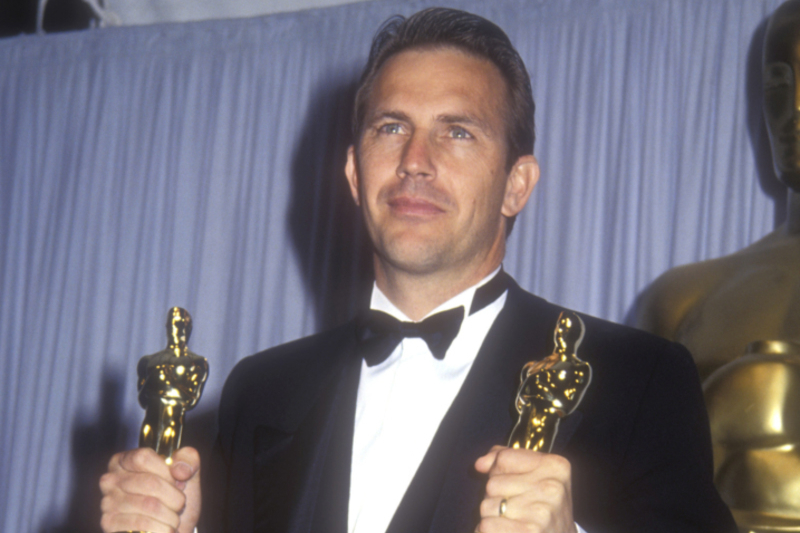
Costner was also nominated for Best Actor that year. Aside from the Oscars, the film was up for (and won) a number of other awards, including BAFTAs, Golden Globes, and the Grammy award for Best Score Soundtrack for Visual Media, among many others.
Not Fitting In
During one particular scene in the film, you may notice something that seems a bit off. When the star rides up on horseback to let everyone know that the buffalo are there, his attire doesn’t exactly blend in with what everyone in the background has on.
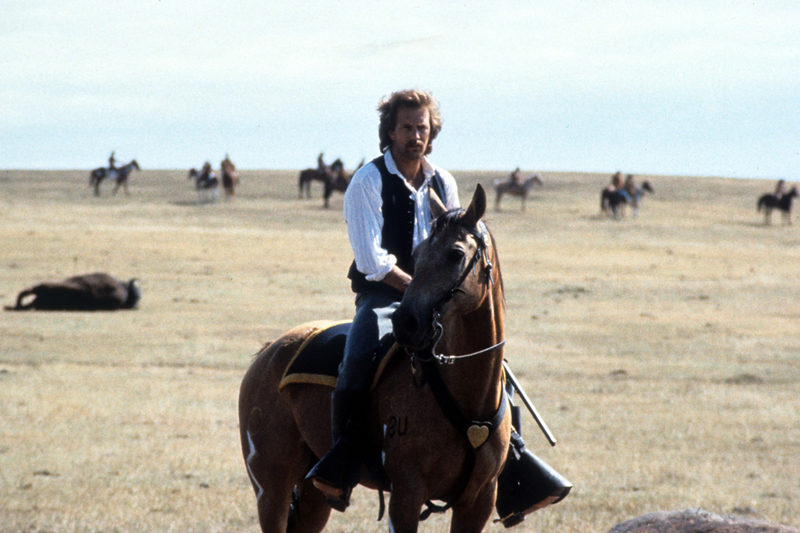
While Costner appears in a lightweight shirt, as if it’s warm outside, all of the other men on horses around him are dressed in heavy coats since they’d shot when it had gotten much colder.
Honored
In 2007, the film was added to the United States National Film Register by the Library of Congress, deemed “culturally, historically, or aesthetically significant.” Of course, there’s no question that it belongs on the registry, as it’s pretty much the biggest Western movie in existence.
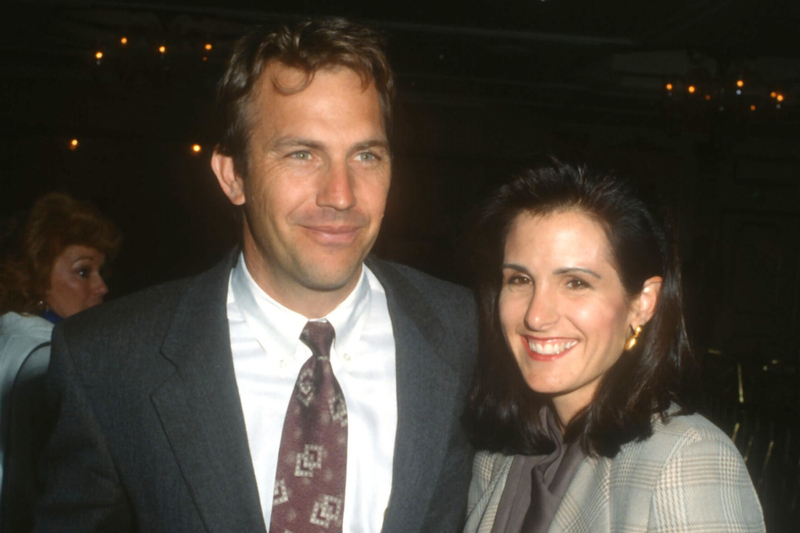
But why did it take so long to be recognized? After all, it was a hit from the moment it was released, but it took nearly two decades to be added to the registry. At the same time, James H. Billington, the Librarian of Congress, named 24 other films to be included.
Historical Accuracy
While much of the film gets close to how things may have been around the time it was portrayed, there were some things that weren’t exactly historically accurate. Stands with a Fist was based on a real person, as was Dunbar, AKA the Christian missionary among the Pawnee.
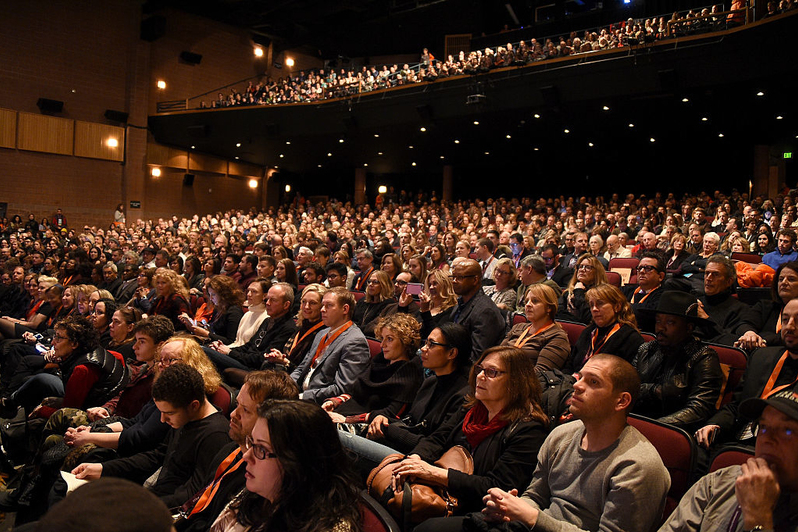
One historian, Judith A. Boughter, also wrote, “the problem with Costner’s approach is that all of the Sioux are heroic, while the Pawnees are portrayed as stereotypical villains. Most accounts of Sioux-Pawnee relations see the Pawnee’s number only 4,000 at that time, as victims of the more powerful Sioux.”
(No) Animal Cruelty
During the scene where buffalos are being skinned, one passerby became concerned with how authentic the shot looked and called the police. Authorities arrived, just to be met by the cast and crew of this multi-million-dollar film production.
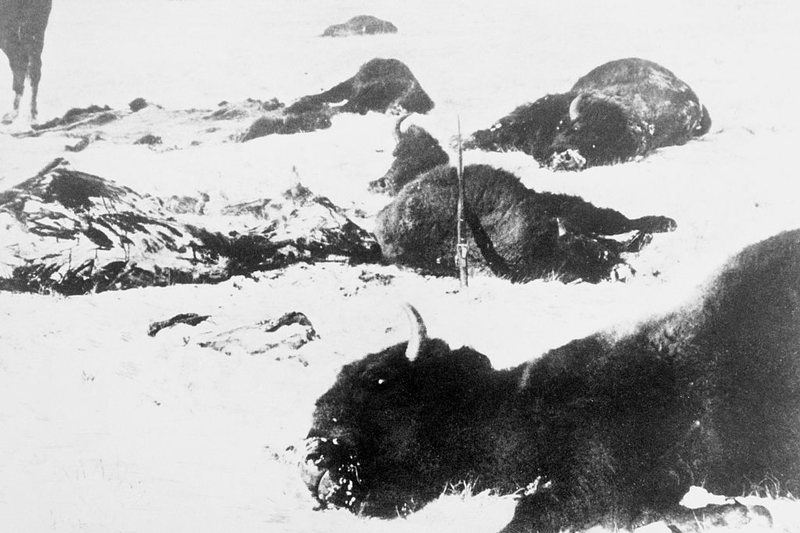
When they showed up, they didn’t know what they were going to find and thought they might be dealing with dangerous people, so they had their guns drawn, ready for anything. But throughout the film, no animals were actually hurt for any of the scenes.
Award-Winning Music
Epic composer John Barry put together the original score for the film that beautifully accompanied the nature scenes, as well as the other major songs; “the John Dunbar Theme,” “Love Theme,” which is used when Two Socks (the wolf) is on screen.
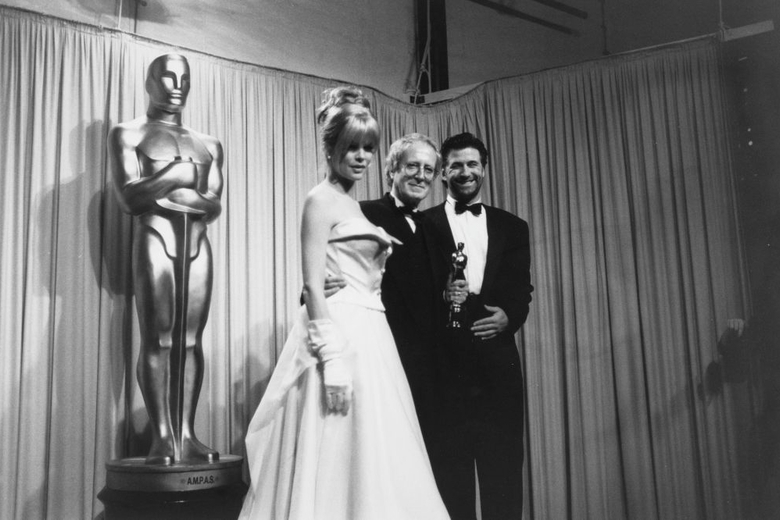
His music won him the Academy Award for Best Original Score in 1991. Barry’s career in composing spans more than five decades, and he’s created music for all sorts of major motion pictures, including 11 of the “James Bond” films.
In and Out Buffalo
Filming the buffalo scene with over 3,000 of the animals, including the domesticated bison, took just over a week – but that isn’t a whole lot of time when you’re working with herds of wild animals. The crew rigged Mammoth, one of the domesticated buffalo, with a Steve Martinesque strap and made it look like the arrows were piercing his hide.
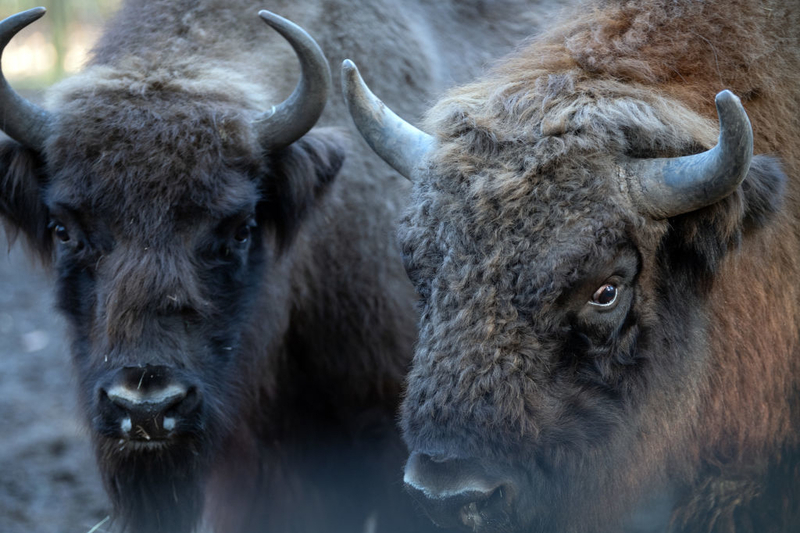
Everyone was pretty amazed that the eight-day shoot was fairly free of challenges, considering how much had gone into it. Well, all except Costner being thrown from his horse, that is.
Indoor Outdoor Feast
After the buffalo hunt, Dunbar joins the Sioux for a celebratory feast, where he becomes friends with Wind in His Hair. The scene is meant to look like it’s happening outdoors, but that’s only because the set was specifically designed to make us think that.
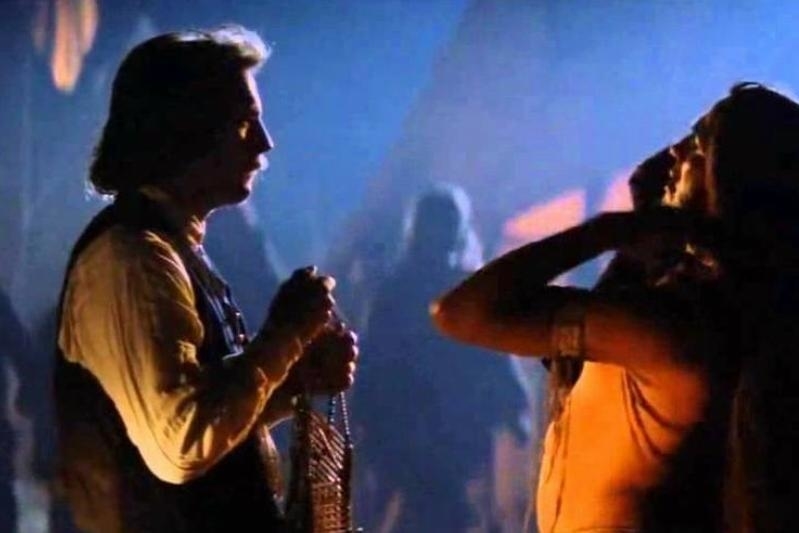
In reality, it’s actually happening within a Quonset hut. They planned to shoot it outside, but it was freezing at night, so they moved indoors to keep everyone comfortable, which they tried to do as much as possible, but couldn’t always achieve due to the weather.
Another Accident
The star of the film wasn’t the only person to be tossed from his horse in the midst of production. Dean Semler, the movie’s cinematographer, was working as one of the horse wranglers on set.

Horses spook pretty easily, and as you can imagine, when there are so many of them together, they’re on edge. The horse panicked and reared her off of his back, which led to her coming down on the ground in a way that broke both of her wrists.
All Dried Up
While the pond in the Fort Sedgwick scenes may appear to be full of water, it was only because they spent part of the film’s budget filling it up to keep it looking that way throughout production. During filming, there was a drought, and the pond water kept evaporating very quickly.
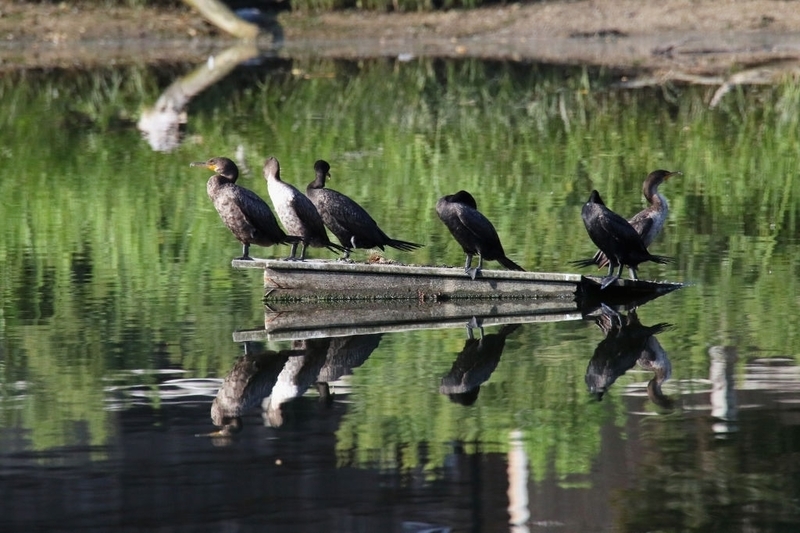
They had to keep bringing in more water and continue filling it up. It wasn’t an easy feat, since they had to keep using trucks to transport it in. Still, it worked as Costner had hoped it would.
Score!
The score of a film makes up a substantial portion of its soundtrack and is the music written just to accompany the production. A score is typically instrumental, and it’s crucial to invoking certain feelings while viewers enjoy the imagery on screen. John Barry really nailed it with his award-winning music designed for “Dances with Wolves.”
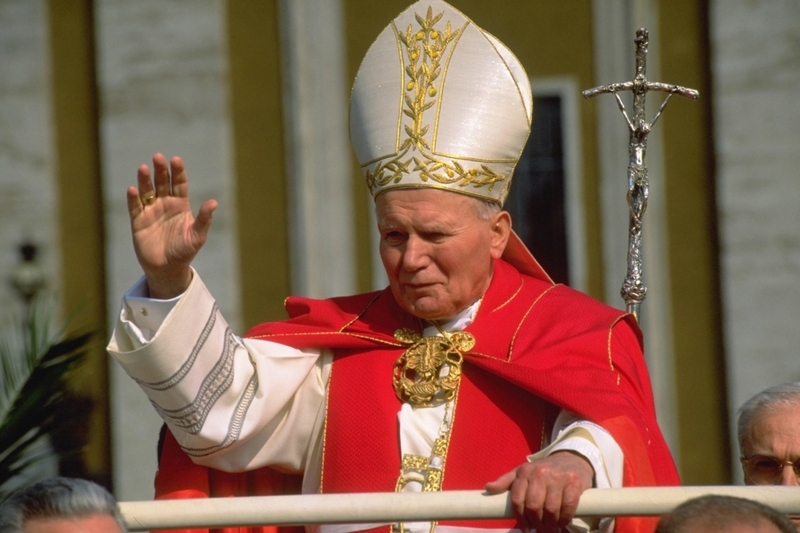
Aside from being handed an Academy Award, a number of celebrities and other public figures were moved by his work – including Pope John Paul II.
Cody and Mammoth
Cody and Mammoth, the buffalo, were huge assets to the film – both literally and figuratively speaking. And it isn’t every day you come across a domesticated buffalo, especially one that’s motivated by Oreos. While Cody was discovered at a state fair, Mammoth, his co-star, was borrowed from rocker Neil Young, who kept the bison as a pet.
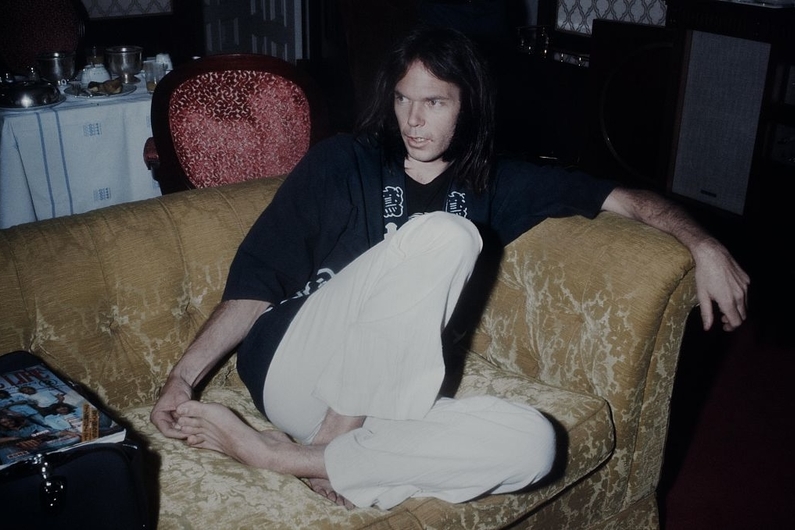
For the wounded buffalo scenes, the wranglers would clip arrows to Mammoth’s coat and have him run past the camera, and for the stampede, they piled up some Oreo cookies and called Cody over.
The Other Bison
Aside from the 3,500-real buffalo, including two domesticated ones (one of which went on to become the mascot of a South Dakota meat company,) they needed one more bison – and this one would cost them a pretty penny.
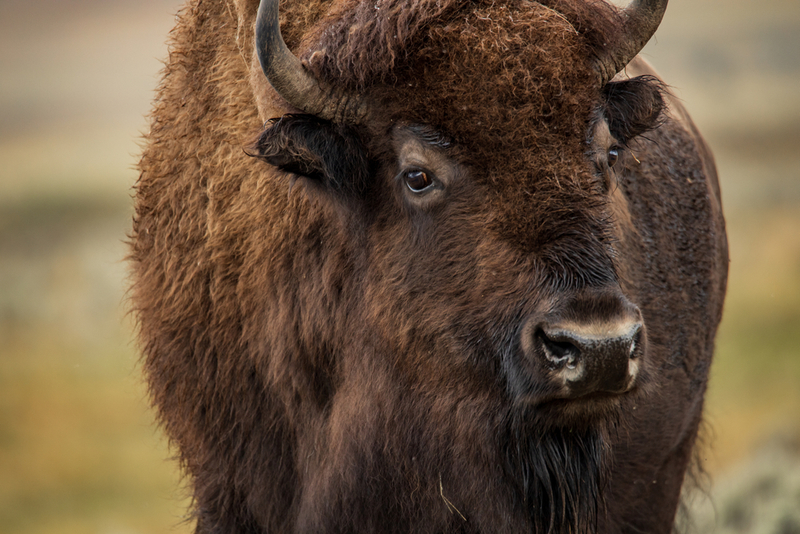
No buffalo comes cheap, especially a trained one, but in order to make production easier and avoid harming any animals, they ordered an animatronic buffalo – one that cost them $250,000.
Mary McDonnell’s Breakthrough Role
Actress Mary McDonnell may have seemed like a fresh face in the acting world when it came to watching her in the film, but she was no novice to the industry. She’d spend more than two decades working in theater and television before landing her breakthrough role as Stands with a Fist.
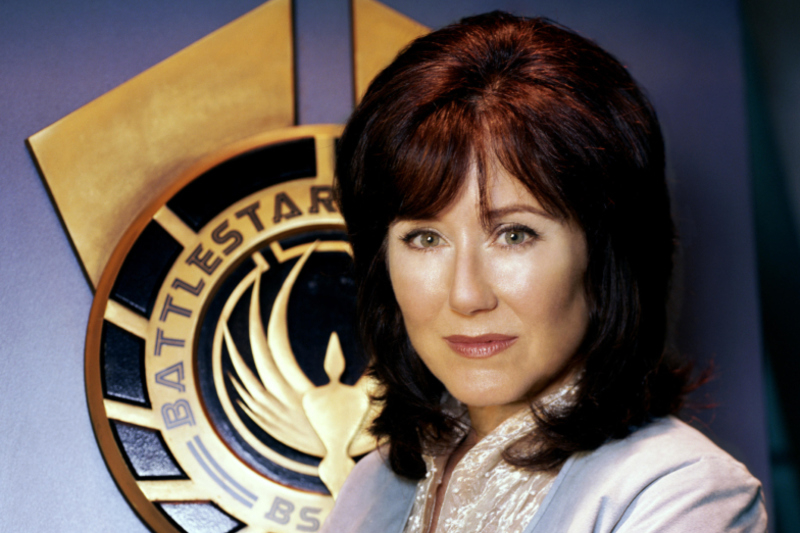
But what a breakthrough it was, as McDonnell won both an Academy Award and Golden Globe for her work in the film. She went on to receive two Primetime Emmys for guest appearances she held on “The Closer” and “ER. “
The Costume Designer
Elsa Zamparelli is the woman who worked to create the look of every actor and actress you see on screen throughout the duration of the film. The costume designer was even nominated for the Academy Award for Best Costume at the 63rd annual show.
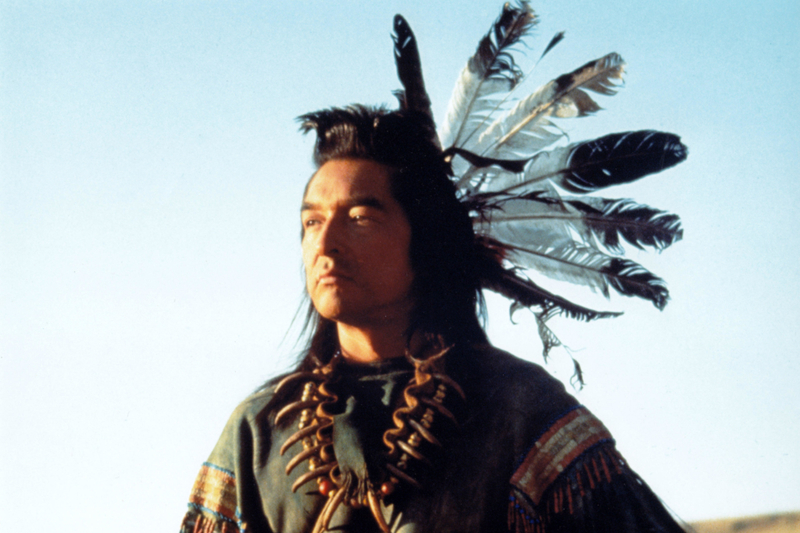
Zamparelli went on to work on a few other films afterward, including “The Last of the Mohicans” in 1992 and “The Order” in 2001. It really helped that she had Cathy Smith making the costumes, as she’d spent the majority of her adult life-restoring Native American artifacts, so she knew what she was doing!
Fort Hays
“The Fort Hays” movie set, which houses several of the buildings used in the award-winning flick, was packed up and relocated to Rapid City, where it and the South Dakota Movie Museum across the street can be toured for free.
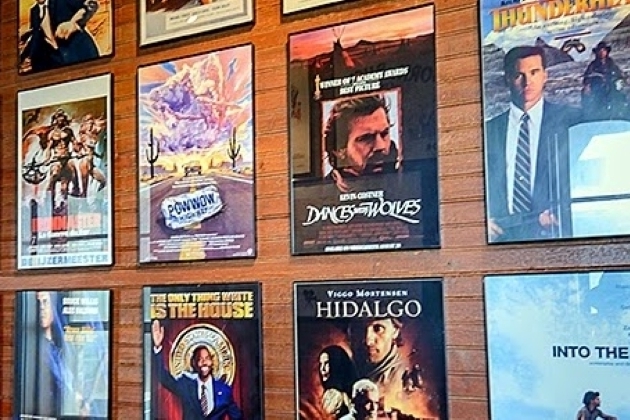
After you walk around the set and get up close and personal with the desk where the major made his orders for Lt. Dunbar, you can grab a bite to eat or catch a demonstration at the sawmill or in the shop.
The Yellow Tape
Inside of the office building of the Fort Hays set sits a very important piece of filmmaking history. A simple line of tape marks the floor, wherein the very mark where Kevin Costner stood, and gave his epic, “I’ve always wanted to see the frontier, before it’s gone,” speech.
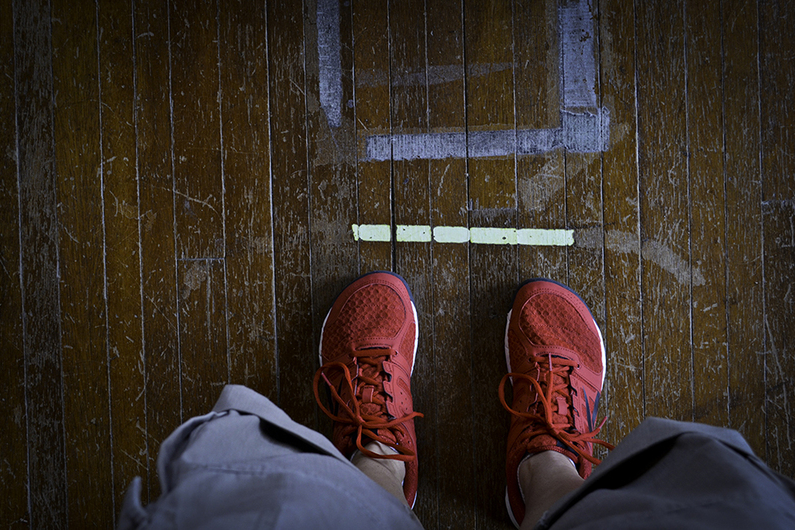
And, if you look to your side, you’ll see the hole in the glass from the bullet that killed the Major.
Fresh
Rotten Tomatoes is one of the most popular movie review websites in existence these days, with a large percentage of people consulting it before diving into a flick, thanks to its user reviews that tell us how many think a movie is “fresh.”

In the case of “Dances with Wolves,” a whopping 87% of audience members agree that it should be added to your watchlist.
Streaming
While the movie has been circulating since 1990, it just recently became available in a new format: streaming. When a show is added to sites like Netflix or Hulu, it opens it up to a new audience that otherwise may not have been able to access it.

The show was added to Netflix in the US in February of 2016. Although it’s no longer available on their service, it is available for streaming on Amazon and is free for Prime members.
Tantoo Cardinal
Tantoo Cardinal played Black Shaw in the film, and she’s recently appeared in a new recurring television role that nods back to her part. She’s been in more than 120 projects through the span of her nearly-50-year career in the industry.
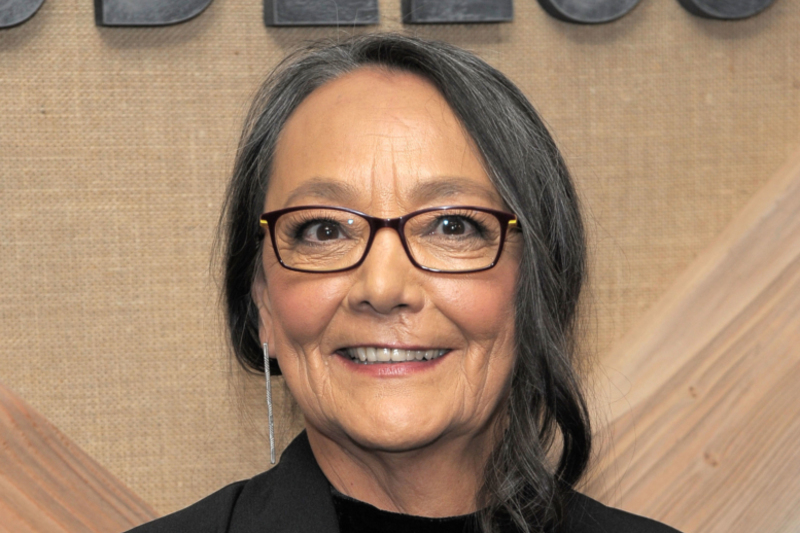
Lately, she plays the badass Sue Lynn Blackbird, the woman who owns a tribal casino on “Stumptown.”
The Holy Road
In the sequel to “Dances with Wolves,” “The Holy Road,” eleven years have passed since Dunbar became “Dances with Wolves” and married Stands with a Fist. They have three children and are living happily in the village of Ten Bears until a band of rangers threatens their peace and happiness.

Although it hasn’t been turned into a film (yet!), you can read the book and figure out what happens in the story on the free Amazon app or in paper form. There are still many people holding out hope that a film will come from the second novel.
Blake’s Beginnings
Michael Blake is no longer with us, as he passed away in 2016, but he will forever be immortalized in the pieces of art he’s left in the world. He started writing when he was stationed at Walker Air Force Base in California, where he wrote for the base newspaper.
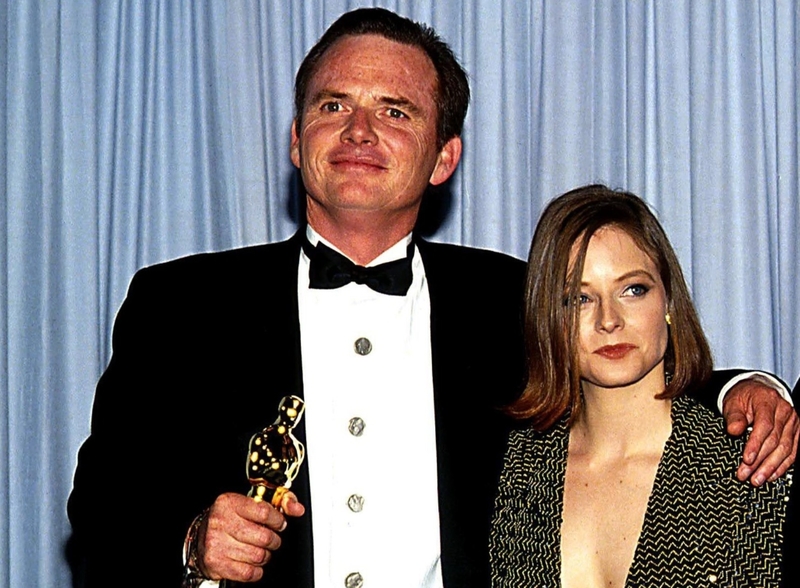
He struggled through the early stages of his writing career, but he pushed through and had friends who believed in him and just look at the result.

Brandon’s Father Left Everyone Stunned When They Saw His Wedding Gift

How to Live More Sustainably With Your Four-Legged Friends

How Mindfulness Can Change Your Life

How The Hummingbird Survives Freezing Cold Nights

Dogs Health 101
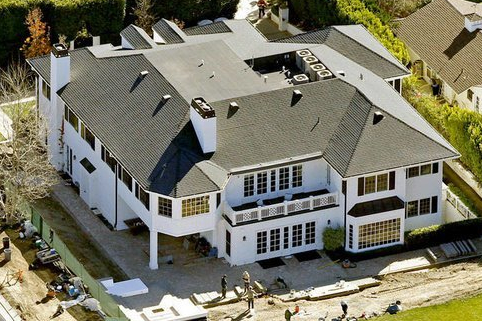
Amazing Celebrity Houses
Iconic Movie Lines That Were Completely Improvised
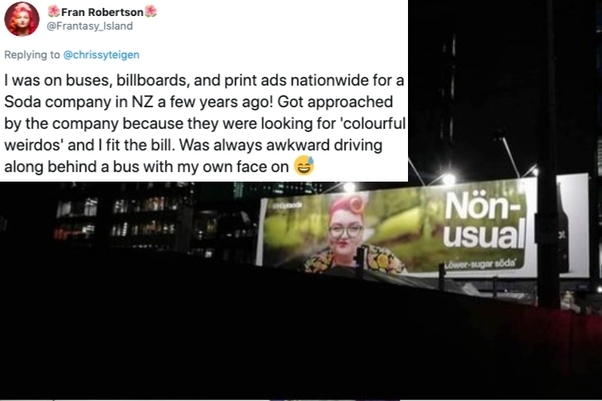
60 Seconds of Fame – People Share Their Best Stories on Twitter
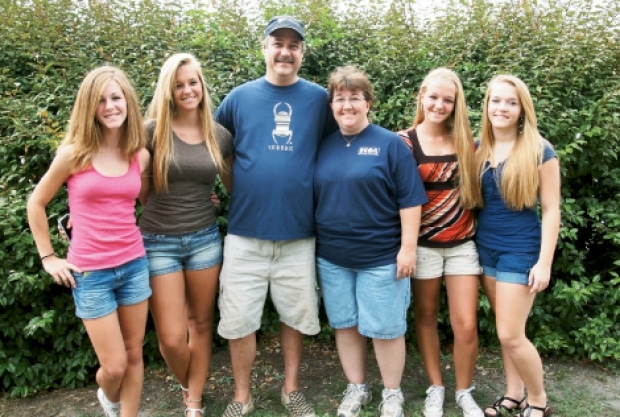
Parents Leave Daughters Home For a Week, and Come Back to the Surprise of a Lifetime
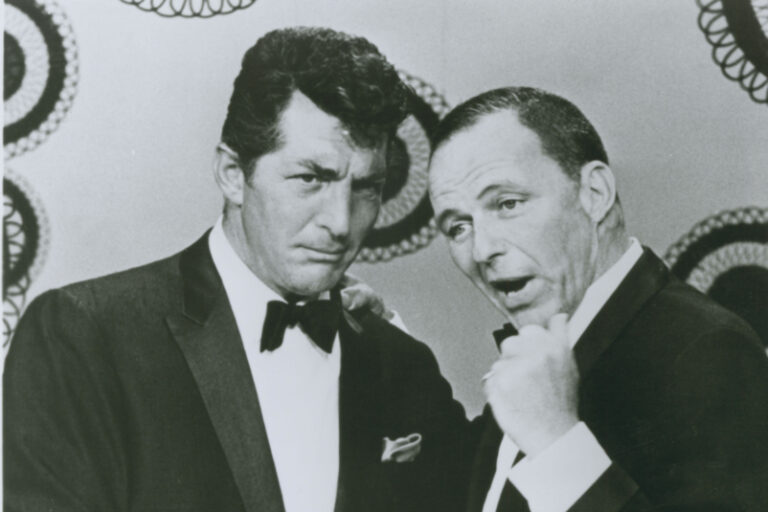
Dean Martin and The Rat Pack: You Won’t Believe These Behind-The-Scenes Facts
